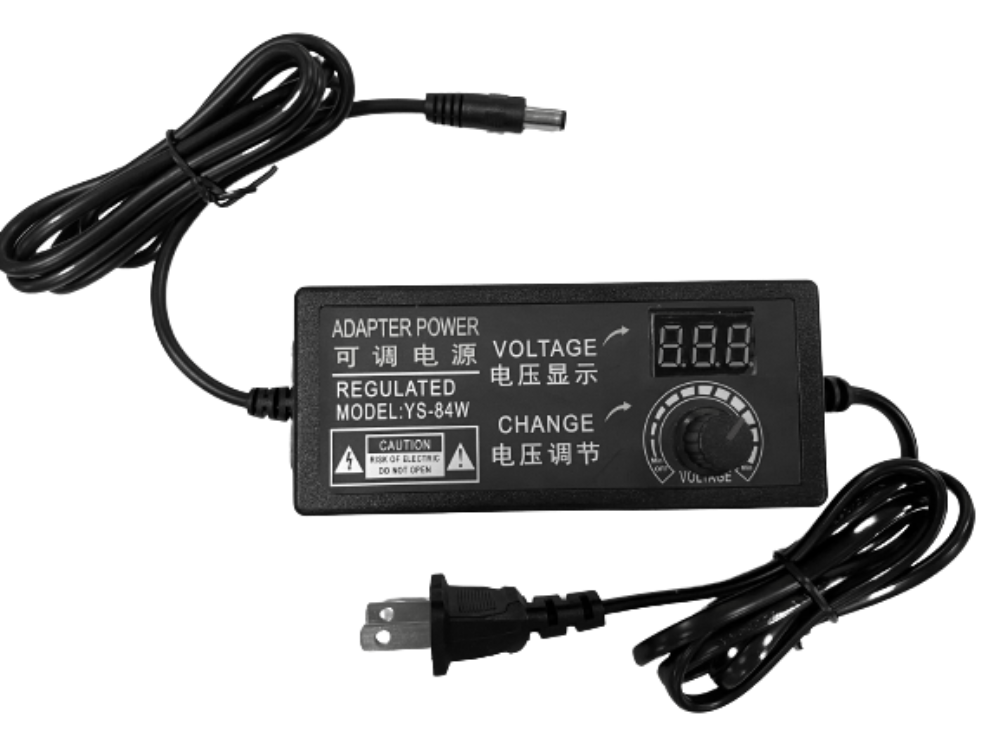The Main Reasons For The Low Output Voltage Caused By The Power Adapter
The Main Reasons For The Low Output Voltage Caused By The Power Adapter
1) If the load of the power adapter is short-circuited (especially the DC/DC converter is short-circuited or has poor performance, etc.), firstly you can disconnect all loads of the switching power supply circuit, and check whether it is the faulty on the switching power supply circuit or the load circuit. If the output voltage is normal after load circuit is disconnected, it means that the load is too heavy; or if it is still abnormal, that means there is a faulty on the switching power supply circuit.
2) The degraded performance of the switch tube will cause the switch tube to fail to conduct normally, which will increases the internal resistance of the power supply and reduces the load capacity.
3) A bad switching transformer will not only cause the output voltage to drop, but also cause insufficient excitation of the switch tube to damage the switch tube.
4) The 300V filter capacitor is not good, resulting in poor load capacity of the power supply, and the output voltage will drop soon as the load is connected.
The high output voltage generally comes from the voltage-stabilizing sampling and voltage-stabilizing control circuits. In the closed control loop composed of the DC output, sampling resistor, error sampling amplifier such as TL431, optical coupler, power control chip and other circuits, any problems in any of these parts will cause the output voltage to rise.
If the fuse is normal, no output voltage indicates that the switching power supply is not working or has entered a protection state. The first step is to check the value of the start-up voltage for the start-up pin of the power control chip, if there is no start-up voltage or the start-up voltage is too low, then check whether the external components of the start-up pin and the start-up resistor are leaking.
If the power control chip is normal, the fault can be quickly found through the above monitoring. If there is a start-up voltage, you can measure whether there is a jump between high and low levels at the output terminal of the control chip at the moment of booting. If there is no jump, it means that the control chip is damaged, the peripheral oscillation circuit components are damaged or the protection circuit is failed. You can check check one by one through replacing the control chip and checking the external components, if it is jumping, in most cases, the switch tube is bad or damaged.
If the fuse is burned out or blown up, check the rectifier bridge, diodes, switch tubes and large filter capacitors of over 300 volts. The fuse burned out or became black may be caused by the problem of the anti-jamming circuit. especially the fuse is burned due to the breakdown of the switch tube, which usually burns out the power control chip and the current detection resistor, and the thermistor is also easy to burn out along with the fuse.








